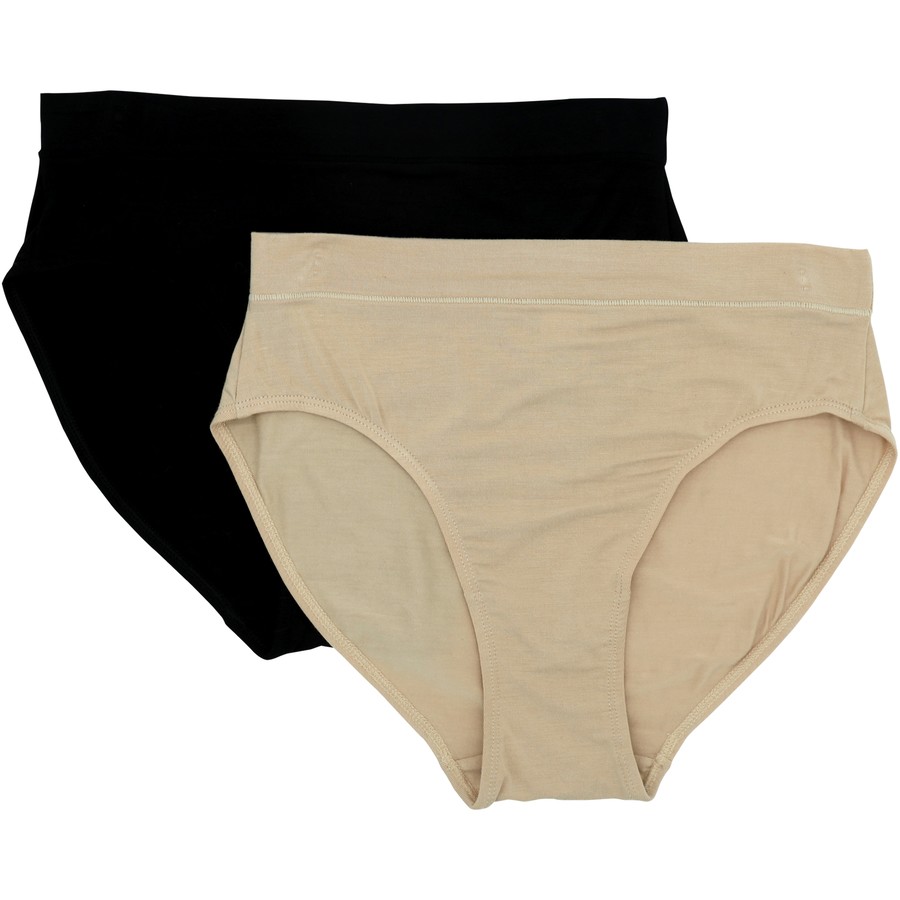
As a fashion enthusiast, I have witnessed the detrimental impact of fast fashion on our planet.
In my quest for sustainable alternatives, I have discovered the rising trend of bamboo fashion.
This article explores the environmental consequences of fast fashion, the emergence of sustainable fashion, and the benefits of bamboo fabric.
Join me as we delve into the world of eco-friendly style and discover the brands leading the charge towards a more sustainable future.

Key Takeaways
- Fast fashion promotes disposability and contributes to excessive waste and pollution, while sustainable fashion focuses on reducing environmental impact.
- The production of synthetic fibers used in fast fashion releases harmful chemicals, leading to water pollution and greenhouse gas emissions. Bamboo fabric, on the other hand, is a more sustainable and eco-friendly alternative.
- Sustainable fashion prioritizes fair labor practices and ethical production methods, aiming to combat exploitative labor practices and poor working conditions often associated with fast fashion.
- Bamboo fabric offers numerous benefits such as being naturally antibacterial, moisture-wicking, hypoallergenic, and more sustainable compared to materials like cotton or polyester. Choosing bamboo alternatives can make a positive impact on both personal well-being and the environment.
The Environmental Impact of Fast Fashion
The environmental impact of fast fashion is a pressing issue that needs to be addressed. As a consumer, I am now more aware than ever of the detrimental effects that this industry has on our planet.
Fast fashion promotes a culture of disposability, where clothes are made cheaply and quickly, leading to excessive waste and pollution. The production of synthetic fibers, such as polyester, releases harmful chemicals into the environment, contributing to water pollution and greenhouse gas emissions.
Additionally, the high demand for fast fashion leads to exploitative labor practices and poor working conditions in factories.
It is clear that we need to shift towards a more sustainable and ethical approach to fashion. By supporting brands that prioritize eco-friendly materials and fair trade practices, we can make a positive impact and help protect our planet for future generations.
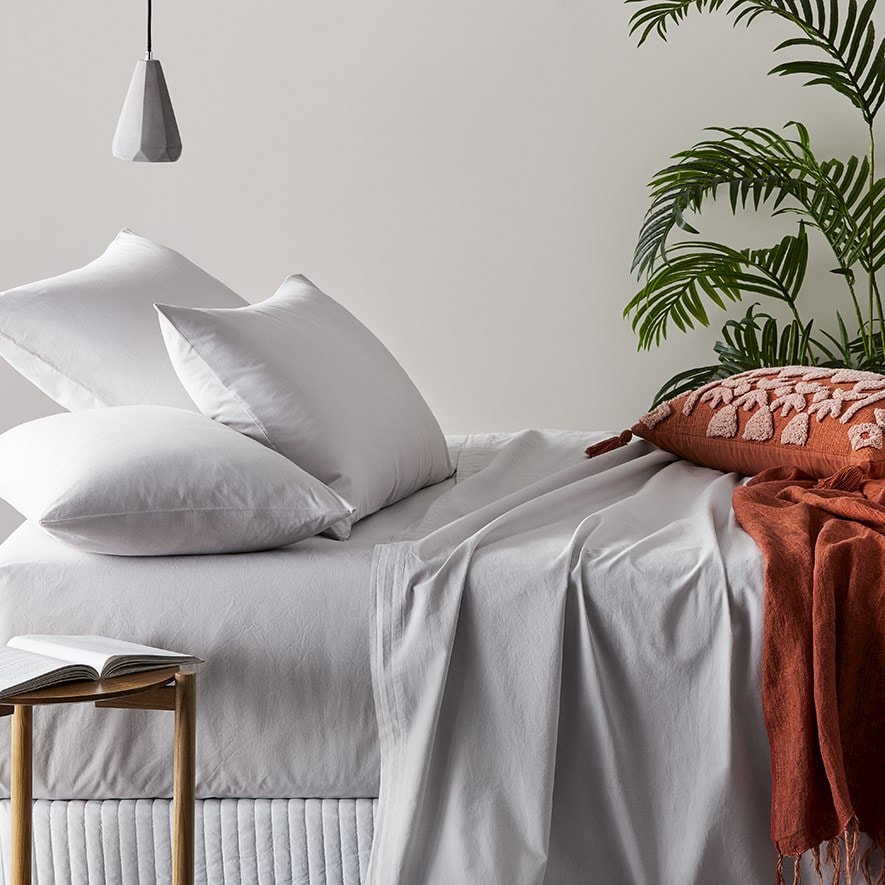
The Rise of Sustainable Fashion
You can witness a significant shift towards eco-friendly clothing options becoming more popular.
As a conscious consumer, I am thrilled to see this rise in sustainable fashion. People are becoming more aware of the negative impact that fast fashion has on the environment and are actively seeking alternatives.
Brands are now offering a wide range of eco-friendly options, such as clothing made from organic cotton, recycled materials, and even innovative alternatives like bamboo fabric. Not only are these options better for the planet, but they also prioritize fair labor practices and ethical production methods.
It’s empowering to know that I can make a positive impact through my fashion choices by supporting brands that prioritize sustainability. This shift towards eco-friendly clothing is not just a trend but a necessary change for a better future.
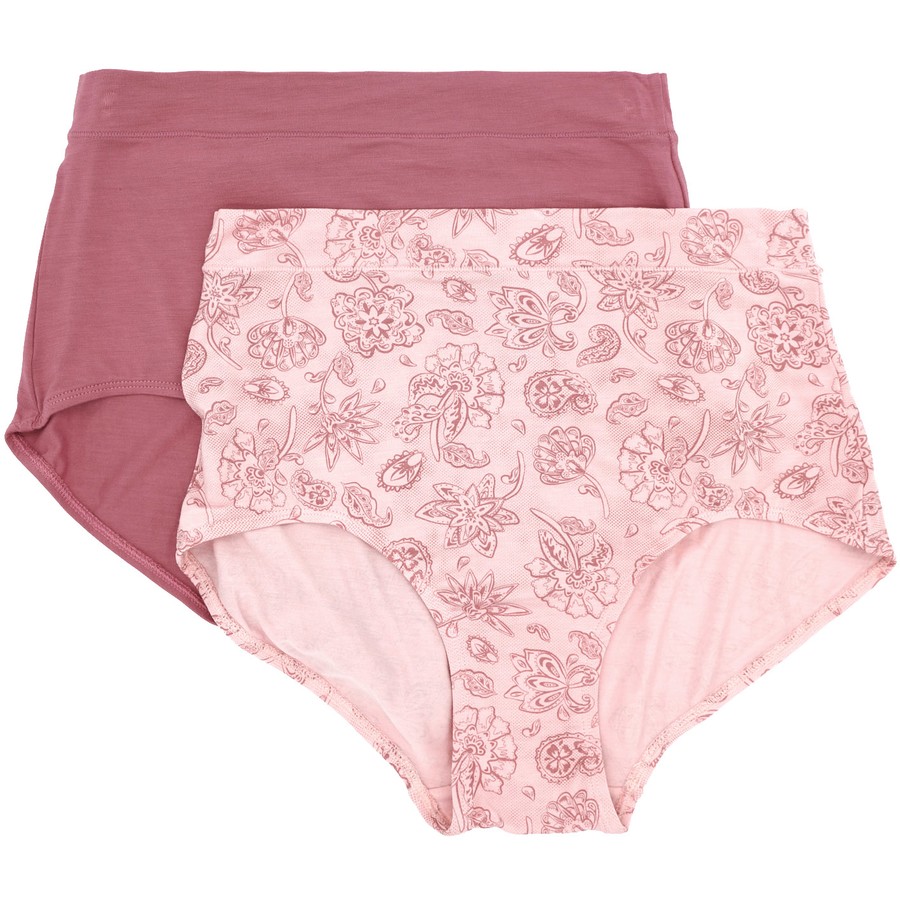
Exploring Bamboo as an Eco-Friendly Alternative
I love exploring eco-friendly alternatives in fashion. One material that has caught my attention is bamboo.
Bamboo clothing offers a multitude of benefits. It is naturally antibacterial, moisture-wicking, and hypoallergenic. In comparison to other materials like cotton or polyester, bamboo is not only more sustainable but also provides superior comfort and durability.
Benefits of Bamboo Clothing
Bamboo clothing offers numerous benefits, such as being breathable, hypoallergenic, and eco-friendly. As someone who values comfort and sustainability, I’ve found that bamboo clothing checks all the boxes.
The breathability of bamboo fabric is exceptional, making it perfect for those hot summer days when you want to stay cool and comfortable. Additionally, bamboo clothing is hypoallergenic, making it a great choice for people with sensitive skin or allergies. I love how it feels soft against my skin, without any irritation.
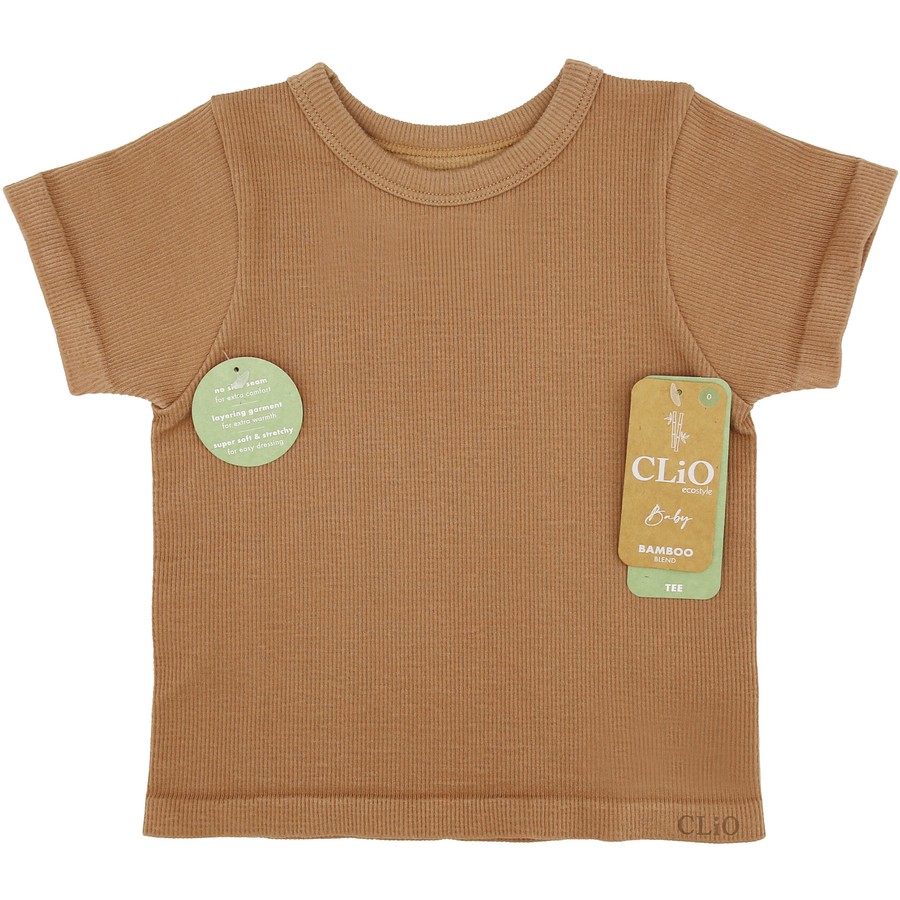
And of course, the eco-friendly aspect of bamboo clothing is a major plus. Bamboo is a fast-growing, renewable resource that requires minimal water and pesticides to grow, making it a much more sustainable option compared to traditional cotton or synthetic fabrics.
Overall, bamboo clothing offers a winning combination of comfort, health benefits, and environmental consciousness.
Bamboo Vs Other Materials
When comparing fabrics, it’s important to consider factors like durability, comfort, and environmental impact. Bamboo, as a material, stands out in all these areas.
In terms of durability, bamboo fabric is incredibly strong and resilient, making it long-lasting and able to withstand frequent washing and wear.

As for comfort, bamboo fabric is soft, breathable, and hypoallergenic, making it perfect for those with sensitive skin. Additionally, bamboo is known for its moisture-wicking properties, keeping you cool and dry throughout the day.
When it comes to the environmental impact, bamboo is a winner too. It is a highly sustainable resource, growing quickly and requiring no pesticides or fertilizers. Moreover, bamboo production uses significantly less water compared to cotton, making it a more eco-friendly choice.
The Benefits of Bamboo Fabric
When it comes to making eco-friendly fabric choices, bamboo is a standout option. Not only is it sustainable and biodegradable, but it also has numerous benefits that make it a versatile choice in fashion.
From its soft and breathable texture to its natural antibacterial properties, bamboo fabric is a smart and stylish choice for those looking to make a positive impact on the environment through their clothing.

Eco-Friendly Fabric Choice
If you want to make an eco-friendly fabric choice, you should consider using bamboo alternatives. Bamboo is a highly sustainable material that grows quickly and requires minimal resources to thrive. By choosing bamboo fabric, you can reduce your environmental impact and contribute to a more sustainable fashion industry.
Bamboo fabric is not only eco-friendly, but it also has numerous benefits. It is naturally hypoallergenic, breathable, and moisture-wicking, making it perfect for clothing and bedding. Additionally, bamboo fabric is incredibly soft and comfortable to wear, providing a luxurious feel without harming the environment.
With the increasing demand for sustainable fashion, using bamboo alternatives is a step towards a greener and more conscious future. So, why not make an eco-friendly choice and embrace bamboo fabric in your wardrobe?
Versatility in Fashion
To expand your fashion options, consider incorporating versatile pieces that can be easily dressed up or down for various occasions. Having a few key items in your wardrobe that can be styled in different ways is a game-changer.

Take a classic white button-down shirt, for example. It can be worn with tailored pants and heels for a professional look, or paired with jeans and sneakers for a more casual vibe.
A little black dress is another versatile piece that can be dressed up with statement jewelry and heels for a formal event or dressed down with a denim jacket and sandals for a day out with friends.
Sustainable Fashion Brands Making a Difference
Sustainable fashion brands are making a difference by offering eco-friendly alternatives to fast fashion. As a conscious consumer, I am thrilled to see these brands emerge and prioritize the well-being of the planet.
They understand the harmful consequences of fast fashion, such as excessive waste and pollution, and are actively working to combat these issues. These brands use innovative materials like organic cotton, recycled polyester, and even bamboo to create stylish and sustainable clothing options.
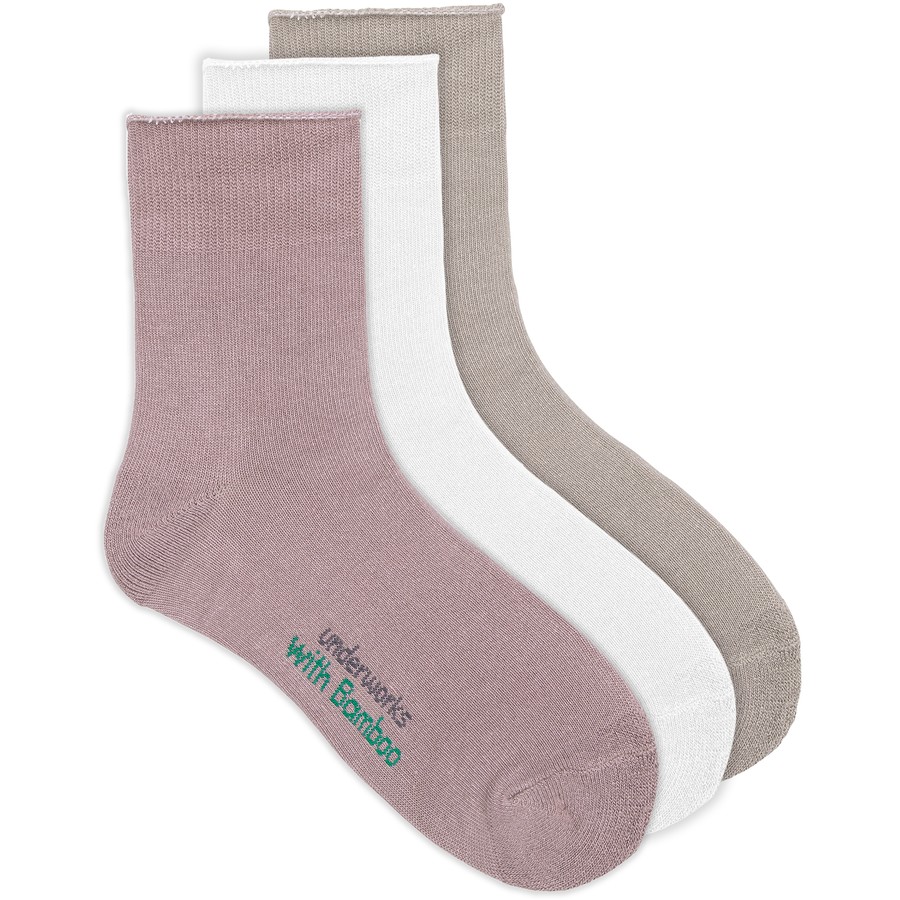
Embracing Slow Fashion: Quality Over Quantity
Embracing slow fashion means valuing quality over quantity and prioritizing timeless pieces that can be worn for years to come. For me, it’s about shifting my mindset from constantly chasing the latest trends to investing in well-made garments that will stand the test of time.
Instead of buying cheap, mass-produced clothing that falls apart after a few washes, I now seek out brands that prioritize craftsmanship and sustainable materials. This shift has not only made my wardrobe more sustainable, but it has also helped me redefine my personal style.
I’ve learned to appreciate the beauty of classic, versatile pieces that can be mixed and matched to create countless outfits. Slow fashion has empowered me to make more conscious choices and build a wardrobe that truly reflects my values.
Tips for Building a Sustainable Wardrobe
When building a sustainable wardrobe, you can start by assessing the items you already have and determining what can be repurposed or donated. It’s important to take a look at your current clothes and accessories and ask yourself if they align with your values and the principles of sustainability.

If there are items that no longer serve a purpose or are no longer your style, consider donating them to a local thrift store or clothing swap. Additionally, you can get creative and repurpose certain pieces by altering them or transforming them into something new. This not only reduces waste but also allows you to give new life to items that might have otherwise been discarded.
The Future of Fashion: Towards a Circular Economy
To create a more environmentally-friendly fashion industry, you should consider the concept of a circular economy and how it can transform the way clothes are produced, used, and disposed of.
A circular economy aims to minimize waste and maximize the use of resources by keeping products and materials in circulation for as long as possible. In the context of fashion, this means designing clothes that are durable, recyclable, and made from sustainable materials.
It also involves promoting practices such as renting, swapping, or repairing clothes instead of constantly buying new ones. By embracing a circular economy, we can reduce the environmental impact of the fashion industry, decrease the amount of textile waste going to landfills, and create a more sustainable and ethical fashion system.
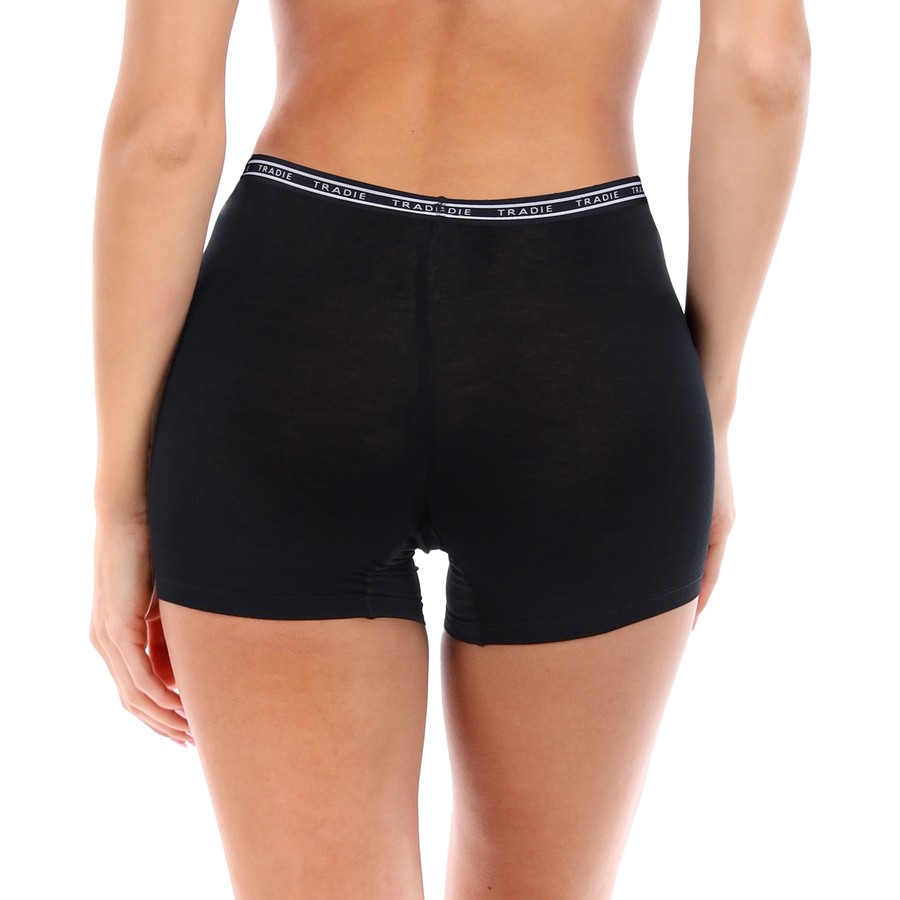
Frequently Asked Questions
How Can I Support Sustainable Fashion Brands and Make a Positive Impact on the Environment?
I can support sustainable fashion brands and make a positive impact on the environment by choosing to buy from companies that prioritize ethical sourcing, use eco-friendly materials, and promote fair wages for workers.
Are There Any Downsides or Limitations to Using Bamboo Fabric as an Eco-Friendly Alternative?
There are some downsides and limitations to using bamboo fabric as an eco-friendly alternative. It can be expensive, and the production process may involve harmful chemicals. Additionally, it may not be as durable as other fabrics.
What Are Some Popular Sustainable Fashion Brands That Are Making a Difference in the Industry?
Some popular sustainable fashion brands that are making a difference in the industry include Patagonia, Everlane, and Reformation. They prioritize ethical production, use eco-friendly materials, and promote transparency in their supply chains.
How Can I Incorporate Slow Fashion Principles Into My Everyday Wardrobe Choices?
I can incorporate slow fashion principles into my everyday wardrobe choices by buying high-quality, timeless pieces, supporting ethical and sustainable brands, and embracing a minimalist mindset to prioritize quality over quantity.

What Role Does the Concept of a Circular Economy Play in the Future of the Fashion Industry?
The concept of a circular economy will play a crucial role in the future of the fashion industry. It promotes reducing waste, reusing materials, and recycling products, which can help minimize the environmental impact of fashion production and consumption.
Conclusion
In conclusion, I’ve realized the importance of embracing sustainable fashion and making conscious choices for the environment.
By understanding the environmental impact of fast fashion and exploring eco-friendly alternatives like bamboo fabric, we can contribute to a more sustainable future.
It’s encouraging to see sustainable fashion brands making a difference and the growing movement towards a circular economy.
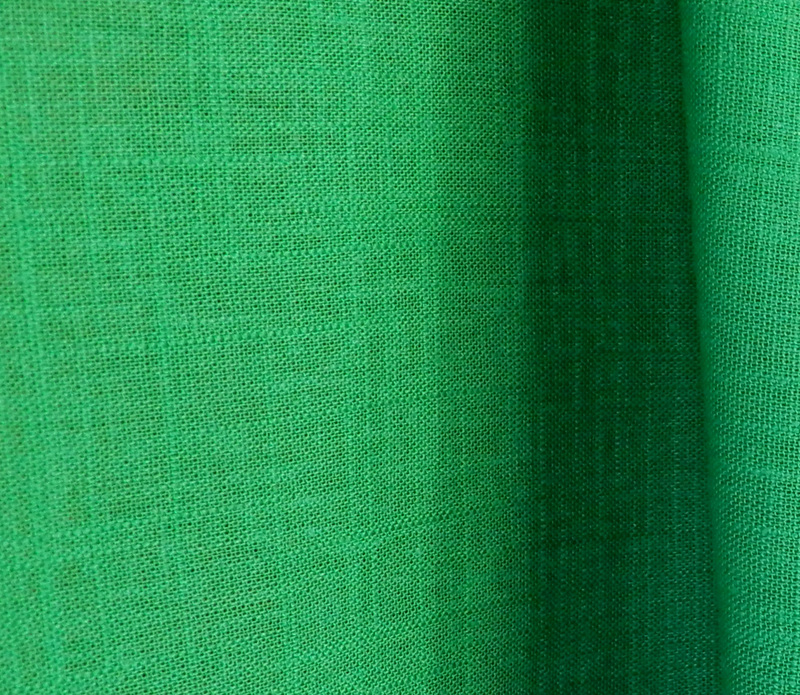
By embracing slow fashion and focusing on quality over quantity, we can build a sustainable wardrobe and contribute to a more sustainable fashion industry overall.
